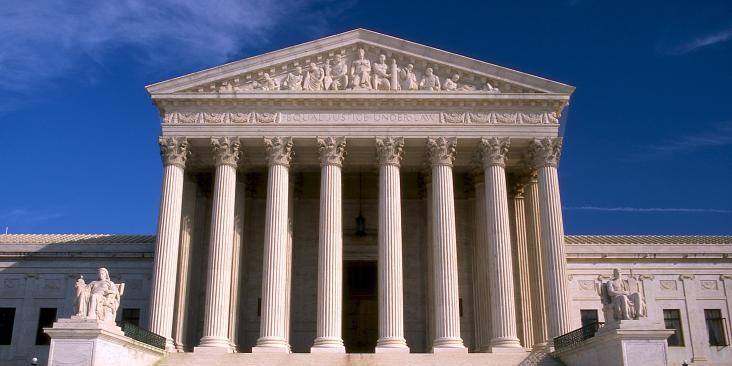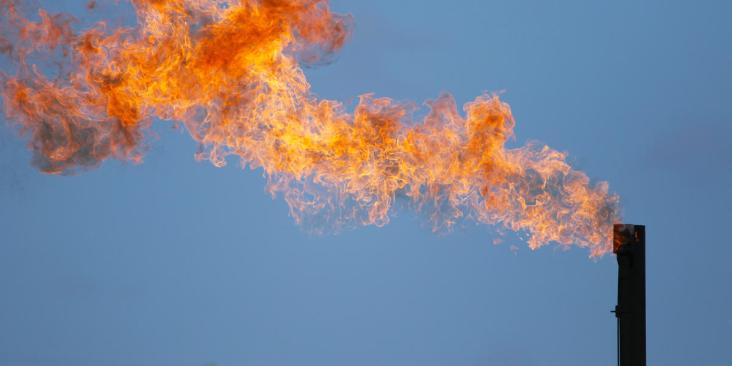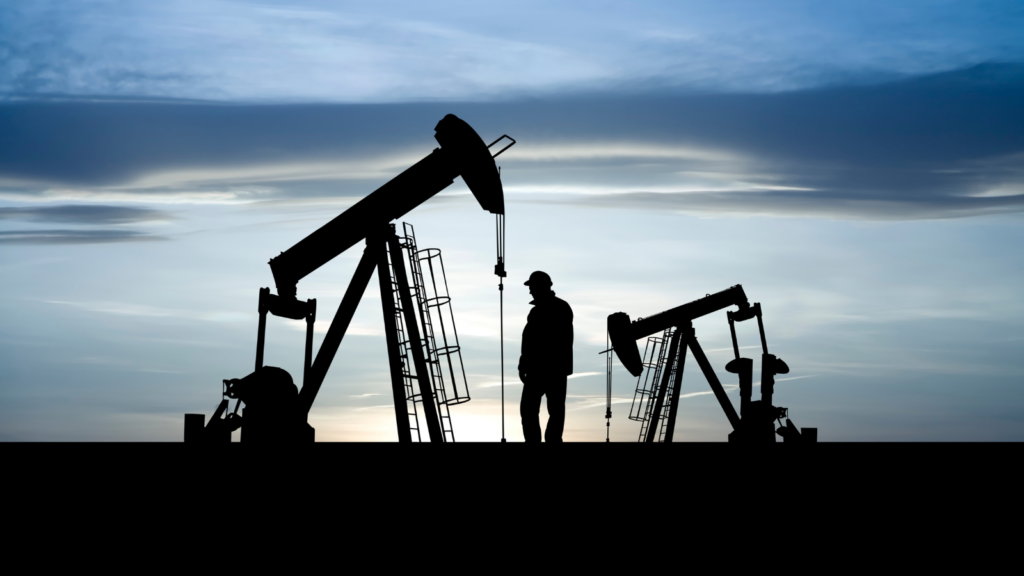The global energy transition continues to accelerate. While challenges remain, the European Union is taking bold steps to lead the way. One of its most important moves: The Methane Regulation — an ambitious, first-of-its-kind framework that positions the EU as a global standard-setter for curbing methane emissions from fossil fuels, including those tied to imports.
Much like the Carbon Border Adjustment Mechanism is set to reshape trade in carbon-intensive goods, the Methane Regulation is raising the bar for imported fossil energy. And like CBAM, it’s drawing scrutiny. In today’s tense geopolitical climate, some see an opportunity to question or dilute its impact. But now is precisely the time for the EU to stand firm.
Clearing the air: The EU’s methane regulation is a climate solution — not a trade pawn Share on XA Climate and Energy Security Tool — Not a Tax
European Energy Commissioner Dan Jørgensen recently reaffirmed the EU’s commitment, stating that any increase in U.S. gas imports must support the bloc’s green transition — a clear signal that climate ambition remains at the heart of European energy policy.
This regulation isn’t a tariff, a tax or a trade weapon. It’s a science-based transparency tool — designed to reduce methane emissions, build energy resilience and align Europe’s fossil fuel partnerships with its climate goals. It ensures all suppliers — whether inside or outside the EU — meet the same robust standards. Crucially, it also empowers the EU to take control of its energy future. At a time when transparency is essential, the regulation helps avoid simply replacing one dependency with another. It supports the REPowerEU goal of phasing out Russian fossil fuels by 2027, ensuring that energy security goes hand-in-hand with climate ambition.
Though some details are still being finalized, the direction is clear. The regulation will establish maximum methane intensity values for all fossil fuels on the EU market. This creates a level playing field, fosters cleaner operations, and enhances the EU’s leverage to choose low-emission, trustworthy partners. Unlike tariffs designed to protect domestic producers, this approach promotes fairness and accountability — hallmarks of EU climate leadership.
Why the Methane Regulation Matters
The regulation sets clear, consistent rules for all suppliers, reinforcing existing momentum within the oil and gas industry. Many producers already recognize that cutting methane is smart business — it reduces waste, boosts efficiency, and improves competitiveness. The International Energy Agency estimates that more than 50% of methane emissions from oil and gas operations can be cut at no net cost.
The EU is building on this progress and potential. By mandating comprehensive monitoring, reporting and verification in line with the Oil and Gas Methane Partnership, the regulation helps companies pinpoint and eliminate low-cost methane leaks. Over 150 companies globally have already joined OGMP 2.0 and are on track to meet the EU’s MRV requirements.
A Clear Pathway for Implementation
The Methane Regulation is already in force, but its phased implementation gives industry and governments time to adapt. Member states will enforce the rules; suppliers must align with new transparency and emissions limits. Here’s what lies ahead:
May 2025 – Information Disclosure:
Importers must submit information about the origin of crude oil, natural gas or coal, including MRV practices by producers. Annual updates are required, with a justification needed if data is missing.
January 2027 – MRV Compliance:
Importers must prove that their products are subject to MRV at the upstream producer level equivalent to EU standards. This applies to contracts concluded or renewed on or after August 4, 2024. Older contracts must show “all reasonable efforts” to comply.
August 2028 – Methane Intensity Reporting:
Both importers and EU producers must estimate and report methane intensity at the upstream producer level for fossil fuels placed on the EU market, again applying to newer contracts.
August 2030 – Maximum Methane Intensity Limits:
Fossil fuels must fall below defined methane intensity thresholds at the upstream producer level. These will apply to contracts concluded or renewed after August 5, 2030, with these limits still to be defined by the European Commission.
This roadmap provides predictability for energy suppliers while reinforcing the EU’s long-term climate commitments. The policy is a pillar of the EU’s contribution to the Global Methane Pledge — a critical effort to reduce one of the most potent greenhouse gases driving climate change.
The Bottom Line
The EU’s Methane Regulation is a fair, forward-looking policy that balances environmental urgency with economic pragmatism. It signals that Europe is serious about decarbonizing its energy system — not through protectionism, but through leadership, transparency and partnership.
Strict methane standards aren’t trade barriers — they’re a global necessity. The EU must stay the course and ensure this regulation remains a cornerstone of its climate strategy.
For further insights, read my colleague Flavia Sollazzo’s blog: https://blogs.edf.org/energyexchange/2025/02/13/strong-oil-gas-methane-rules-are-essential-and-achievable/










